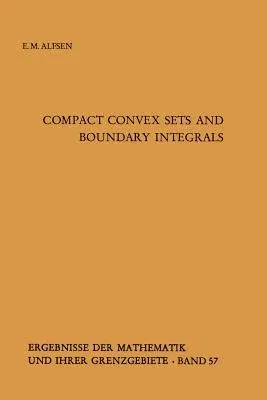Erik M Alfsen
(Author)Compact Convex Sets and Boundary Integrals (Softcover Reprint of the Original 1st 1971)Paperback - Softcover Reprint of the Original 1st 1971, 11 November 2011

Qty
1
Turbo
Ships in 2 - 3 days
In Stock
Free Delivery
Cash on Delivery
15 Days
Free Returns
Secure Checkout
Part of Series
Ergebnisse Der Mathematik Und Ihrer Grenzgebiete. 2. Folge
Print Length
212 pages
Language
English
Publisher
Springer
Date Published
11 Nov 2011
ISBN-10
3642650112
ISBN-13
9783642650116
Description
Product Details
Author:
Book Edition:
Softcover Reprint of the Original 1st 1971
Book Format:
Paperback
Country of Origin:
NL
Date Published:
11 November 2011
Dimensions:
23.39 x
15.6 x
1.22 cm
ISBN-10:
3642650112
ISBN-13:
9783642650116
Language:
English
Location:
Berlin, Heidelberg
Pages:
212
Publisher:
Weight:
326.59 gm

